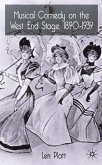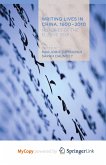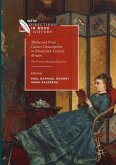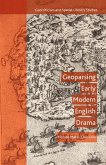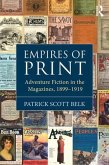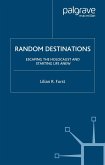This book studies the print culture of the nineteenth century as it shaped the meanings and the cultural significance of literary works by women writers - Mary Robinson, Felicia Hemans, Elizabeth Barrett Browning, Lady Blessington, Lady Morgan, Caroline Norton, Letitia Elizabeth Landon, and others. Colour'd Shadows explains and interprets the physical forms of their books, the economics and politics of production and reception, and the cultural meanings of their literary work, showing how poems, literary annuals, engravings, commercial arrangements, the practices of women editors as well as writers, the politics of gender, the changing means of production, and women's literary relationships unfold in the medium of print and, more largely, the rapidly changing culture of the century.
"By examining a wide range of literary works and literary-related activities by women in nineteenth-century Britain, "Colour'd Shadows" shifts the focus of scholarship away from the authority of self representation in determining meaning and onto the site, the method, and the time of manufacture of literary works; in this way, Hoagwood and Ledbetter are able to show that what appears to be transparent in literature (i.e., meaning and content) is in fact part of an illusion created by the processes of commodity production. This study is sure to trouble and enliven literary criticism and open a path to new sorts of materialist literary inquiry." - Daniel P. Watkins, Duquesne University


